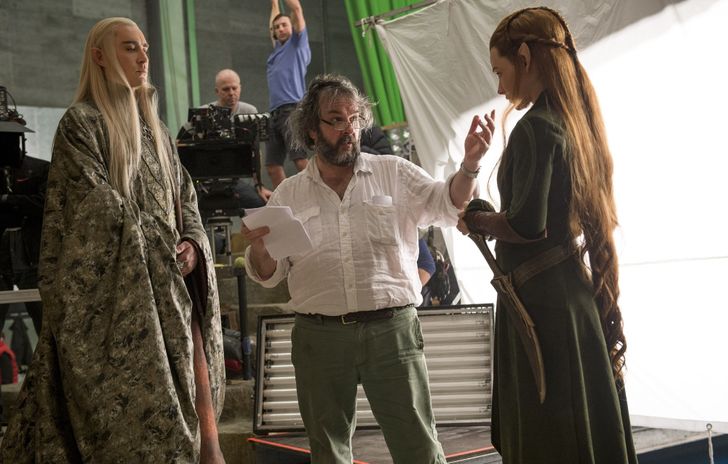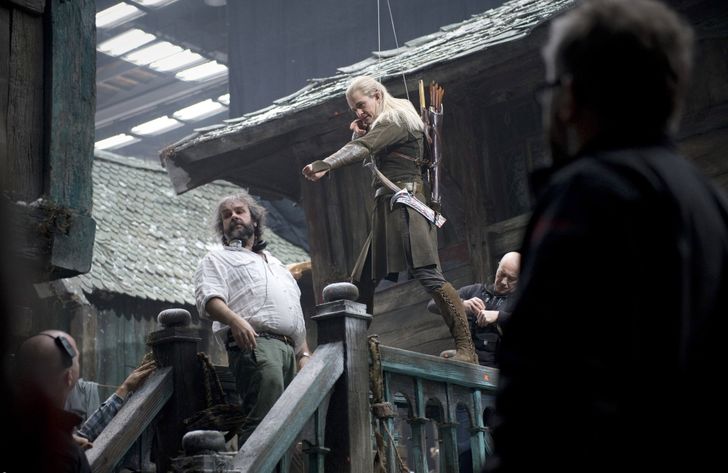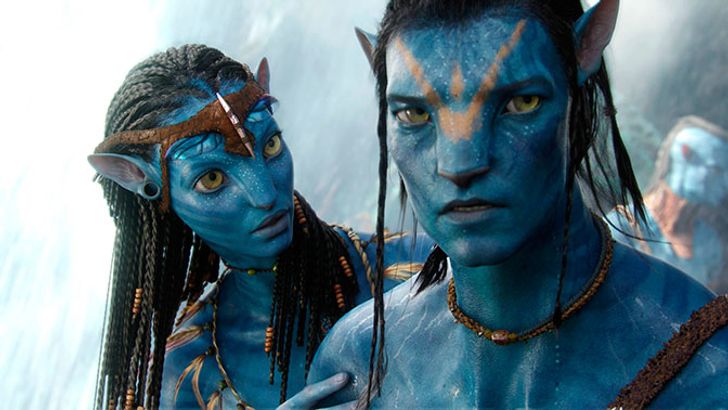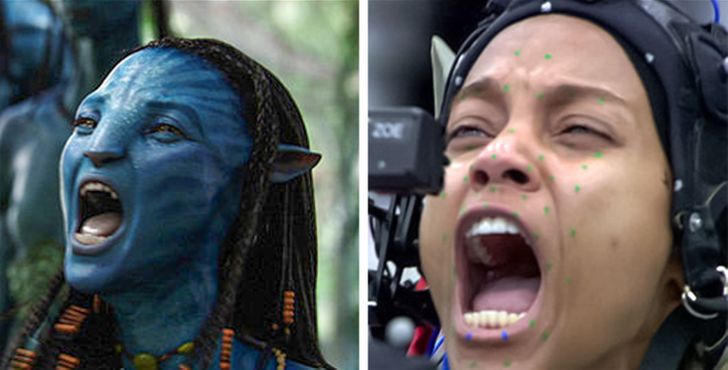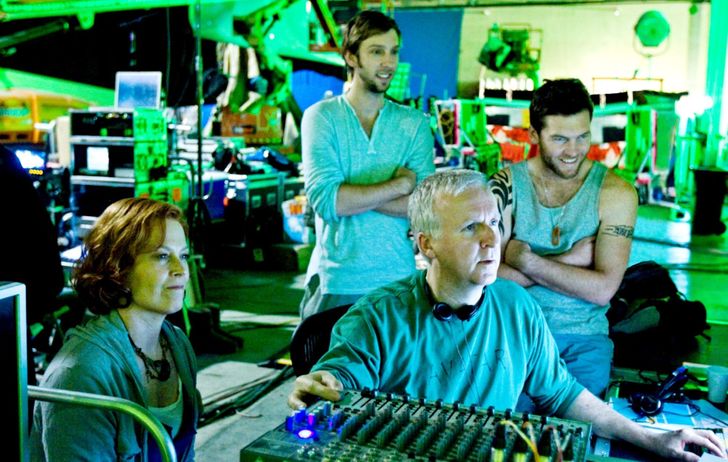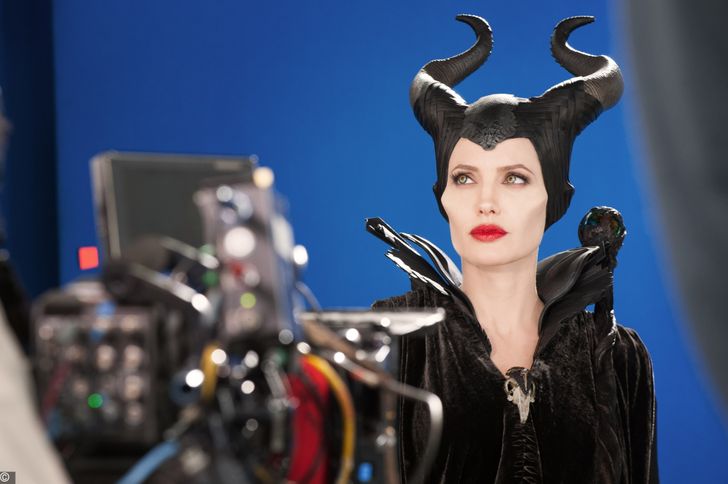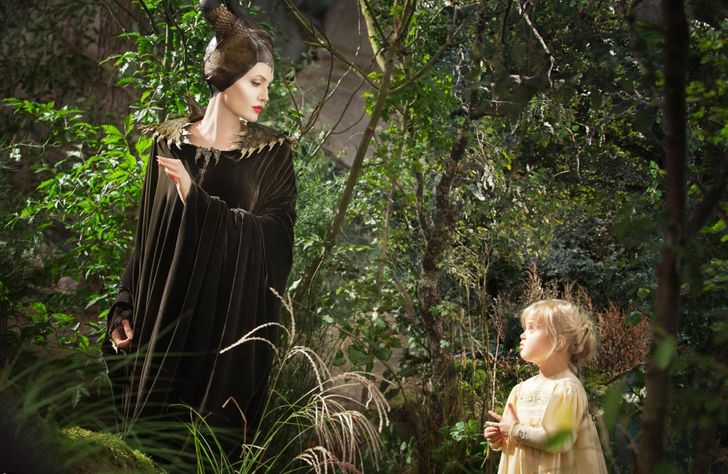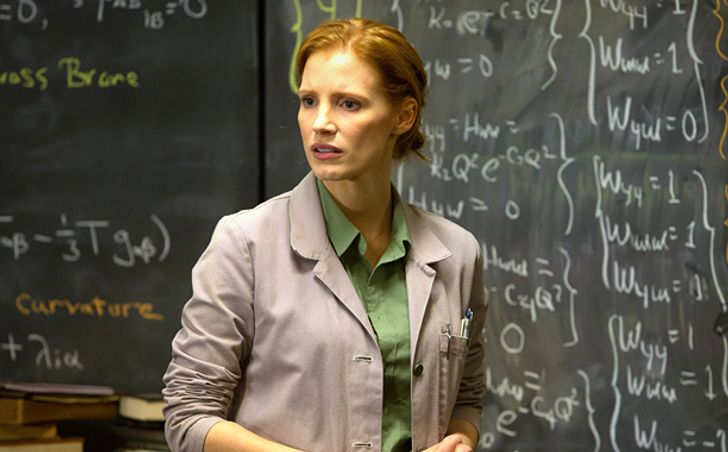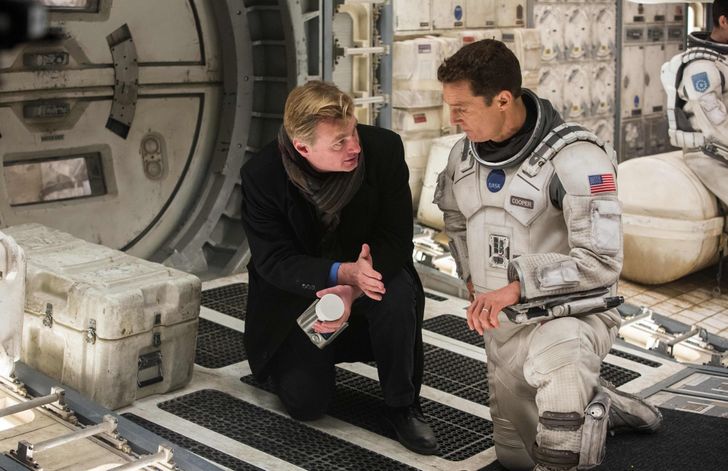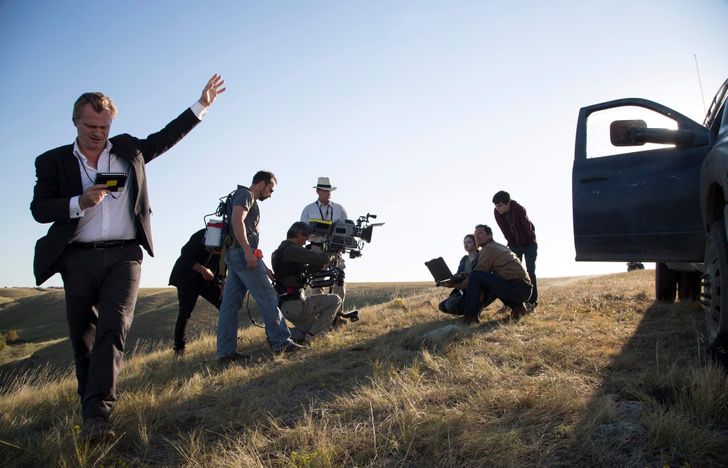why they didn't add Harry Potter?
20+ Movie-Making Secrets Behind Iconic Films That Were Ahead of Their Time
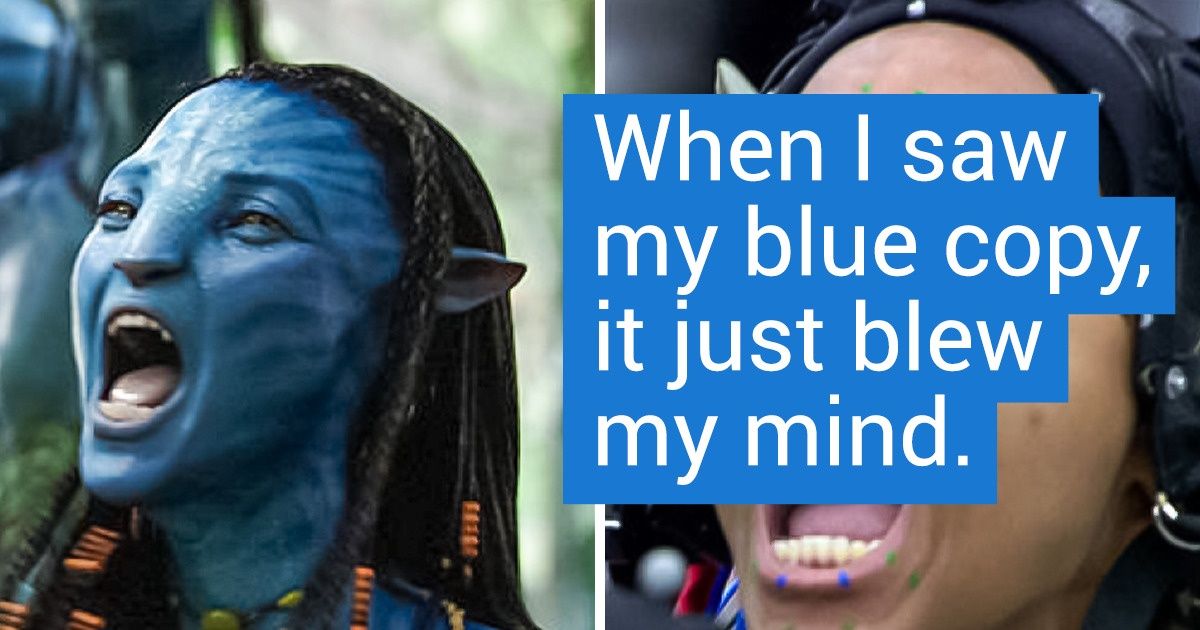
There are movies that we are ready to watch over and over again, just because of their high-quality. We empathize with the characters, follow the storyline, and don’t even think about how all the events are staged. But it can take many days of filming and months of preparation to shoot a single scene, and a beautiful picture often hides years of painstaking work.
We at Bright Side learned the production secrets of some iconic fantasy and sci-fi movies and we are in a hurry to share this knowledge with you. As a bonus, we’ll show you how the magic in the movie Fantastic Beasts and Where to Find Them was created.
The Hobbit
- The film marked a new era of filmmaking because it was shot in 48 fps (frames per second) in comparison with 24 fps that was widely used before. The audience will notice the difference in the quality of the picture — it became brighter and clearer. But the majority of movie theaters were unable to show film shot this way for technical reasons and had to convert the movie back to 24 fps.
-
The director was initially going to release only 2 parts of the movie, but plans changed during the production process because the story wasn’t complete and some important parts were missing. Then the crew just filmed another part of the movie, put it in the middle of the film, and separated the rest of the materials to make the first and the third parts of the movie. This is how The Hobbit turned into a trilogy.
-
Field shooting took place in several locations in New Zealand and on sets. The crew even built a whole city called Dale, that had numerous buildings with movable foundations so they could be moved from one place to another. But the city had to be destroyed in the 3rd part of the trilogy, and the crew had to “age” and break all the buildings that they had to put so much effort into creating with their own hands in the first place.
- Gollum and Smaug were created with the help of motion capture technology. These special sensors that capture movements and facial expressions were stuck on to the actors, and the program transformed their signals into 3D models. Benedict Cumberbatch, who played Sherlock in the famous TV series, had to crawl, bend, and breathe with flames, so the viewers could see the power of the dragon. When the actor was getting ready for this role, he studied the habits of iguanas and lizards at the London Zoo. Have a look at the video of him playing in this scene. The actor remembers, “I insisted on voicing and not only on playing Smaug.” And the director shared, “I hadn’t seen Sherlock, and I didn’t know that Cumberbatch was famous. He just had such a great voice.”
- The sound designer, David Farmer, was looking for a scary dragon growl everywhere. As a result, one early morning, he recorded the sounds of a hungry pig on a farm and mixed it with his daughter roaring. He adjusted the timbre and the recording speed to make it sound like a dragon growl. The result was astonishing and the mix was used in the trilogy.
-
The mighty moose that, Thranduil, the king of the Ridgewood forest elves rode, was actually played by a horse named... Moose. By the way, actor Lee Pace, who played Thranduil, was 2 years younger than his on-screen son Legolas, whose role was played by Orlando Bloom.
-
The director used an ingenious trick — he recorded the actors with 2 cameras on 2 different sets. Just imagine that one actor is standing on the left in the scenery of the hobbit hole and is playing their part. On the right, about 32 ft away from that place, there’s another set with a green screen where Ian McKellen, who is playing Gandalf, replies to the first actor. The lenses were positioned closer to the wizard to make him visually taller. Then the director would digitally remove the background and merge the images from these 2 sets.
-
Ian McKellen was so disappointed that he had to be filmed separately from the “dwarves” that once, he exclaimed, “This is not why I became an actor!” His microphone was still on, so everyone on the set could hear him. The crew surprised him with gifts and cards to make him feel appreciated.
-
The production was enormous. More than 800 elven ears, 752 wigs, 263 beards, and about 800 weapons were made just to film The Hobbit: The Desolation of Smaug. And all the accessories were adjusted to fit certain actors and understudies. But Richard Armitage, who played Torin, grew out his own gorgeous beard, instead of putting on a fake one.
-
Since the release of The Lord of the Rings, the technology of creating visual images has come a long way. It became easier to apply makeup to turn actors into magical creatures. And because the makeup was heat-resistant, waterproof, and fireproof, it didn’t require constant attention and the actors could wear the whole day. It took almost 2 hours to create the makeup for the dwarf, Bombur, and only 30 minutes to make the young dwarf, Kili, ready for shooting.
-
The director kept a video diary, so viewers would have an opportunity to see the coolest and the funniest moments from the set.
-
To create the props, like sword handles, helmets, fasteners, and about 48 prostheses which were necessary for the actors’ transformations every day (which included hobbit and dwarf legs, ears, and false noses), 3D printers were used.
-
After the production was finished, the director, Peter Jackson, confessed that it was exhausting. He shared, “Actually, I don’t really enjoy shooting the movie. I like working on the script and postproduction.”
Avatar
- Cameron wrote the first Avatar draft in 1994, before the filming of Titanic. He created 80 pages that became a base for the future blockbuster and were influenced by the science fiction books that the director read when he was a child.
- The filming was supposed to start in the summer of 1997, and the movie was supposed to be released at the beginning of the 2000s. But the director decided that the technologies weren’t developed enough to bring all of his ideas to life. So he wanted to wait. For how long? For as long as it would take.
- Cameron was inspired to start the movie production by Peter Jackson, the director of The Lord of the Rings. As a result, Avatar consists of 60% computer graphic elements and 40% live action.
- The director worked on the creation of the Na’Vi culture and its language together with a linguist, Paul Froemer. This language consists of 1000 words — some of the words were “invented,” while the rest are a mix of Polynesian, some African languages, and the dialect of the Māori people.
- The team of graphic designers worked for 2 years to create the appearances of the Na’Vi people. And this task was pretty challenging, “We came up with creatures who had a cat-like appearance and who looked like humanoids at the same time, but had human faces.” The blue color of their skin was chosen because the mother of the director once saw it in a dream. The director shared, “My mom said that she dreamt of an 11ft-tall woman with blue skin. And I thought that it might be a cool look.”
-
Zoe Saldana, who played the role of Neytiri, remembers the first time she saw her character, “When I saw my blue copy, it just blew my mind. I couldn’t find words to express how I felt. It was something so wonderful and so beautiful, and it looked so much like me.”
- During film production, all available modern technologies were used. The director could see the digital copies of the actors in 2 dimensions and could change their virtual environment in real-time. Motion capture technologies were used to capture the movements and facial expressions of the actors, and special software helped create landscapes and battle scenes.
- After the castings were finished, James Cameron took the whole cast to Hawaii, so everyone could experience staying in jungles and start rehearsing in the conditions that were similar to Pandora’s environment. All the actors learned the skills their characters needed like archery, shooting, and horseback riding. And of course, they had to learn the Na’Vi language.
- The designers found their inspiration for creating landscapes and scenery in real objects. The flying mountains were based on limestone formations in China. The resource-mining colony is reminiscent of an oil platform in the Gulf of Mexico.
- The director found inspiration for the love story in his own films. The story of Jake and Neytiri resembles the story of Jake and Rose from Titanic. They’re from different cultures, social groups, and aren’t meant to be together. But we know that love can overcome everything.
- The official Avatar Twitter account published concept art pieces that show the ideas for the Avatar sequels. The message says, “In the #Avatar sequels, you won’t just return to Pandora — you’ll explore new parts of the world.” Among the new characters, there will be 2 sons and a daughter of the main characters, Jake and Neytiri. Avatar: The Way of Water is supposed to be released on December 17, 2021, but the date of release has been already postponed 3 times. So we just hope that we’ll see this marvelous movie as soon as possible.
Maleficent
- Angelina Jolie was the one and only contender for this role. The director, Robert Stromberg, shared, “There’s a dark quality to the character, but there’s also a playfulness to it, in a weird way. As Angelina says, there’s a delicious evil quality to her.”
- It took about 3 hours to apply makeup every day. The actress also revealed the costume wasn’t easy to move around in, adding, “It was pretty funny, because I kept on hitting my horns on things, the framing was very strange.”
-
Initially, make-up artists created forehead and chin prostheses for Angelina, but the overall effect was too “diabolical” and Maleficent looked like a joke. So they went the other way and created their magic with just the help of makeup.
- The actress demanded that the makeup artists not only make her ears pointer, but also create high cheekbones with the help of liquid latex and glue, make her nose thicker, and create vampire teeth prosthesis. The actress claimed, “I’m playing a creature, so I should be a creature, not a beauty.” She spent 70 days in this full makeup look, often wearing it for 16 hours a day.
- About 2,000 costumes were hand-sewn for the characters. The dresses of the main character were designed in the Gothic style. They’re feminine and elegant, but at the same time, they translate a sense of power and correspond to the movie’s atmosphere.
- Angelina Jolie and Brad Pitt’s youngest daughter, Vivienne Jolie-Pitt, played the little Aurora. The actress shared, “The first day was the day when she had to catch the butterfly, and she just really didn’t feel like doing it. So we had to rehearse this scene at home. I don’t want my kids to become actors. I just want them to like what they’re doing and get pleasure from their job. They can decide how they want to make a living when they become older.”
- The voice of the character was found by an accident. Jolie shared, “I was telling my kids stories, trying different voices on them. And one night they were like, ‘That’s a weird voice, mom. Why are you doing that?’ But then they made me do it over and over again. That’s how I discovered Malificent’s voice because I thought, it had to be a mysterious voice that is just fun to listen to.”
- About 40 sets with decorations were built for the production, including a huge and ancient castle with a marble floor. The film producer remembered, “We wanted it to be the biggest castle you had ever seen. Everything had to be on a bigger scale to match a castle like that: a hall with a 98 ft high vaulted ceiling, a 62 ft long dining table, and a 26 ft high throne.” Just imagine that even the inner garden, the pine forest, 2 rivers with waterfalls, exotic plants, and fresh flowers were on the filming set.
- Angelina Jolie admitted that playing Maleficent became a challenge for her, and that this role was one of the most difficult ones in her career. The star said, “There have been times in my life where I have felt misunderstood, like Maleficent, and not accepted. Early in my career, I did feel like an outcast.”
Interstellar
- Steven Spielberg was supposed to be the director of this film. He hired Jonathan Nolan to write the screenplay and then left the project. Jonathan recommended his brother, Christopher, as a new director. It was he who saw the main purpose of this film as making “the most exotic events in the universe suddenly becoming accessible to humans.”
- Matthew McConaughey confessed that he’d never dreamed of becoming an astronaut and that the things that are happening on the Earth are more than enough for him. But Jessica Chastain loved Star Wars and Princess Leia when she was a kid, so she was happy to take part in a movie about space.
- Murph was supposed to be a boy in the original script, because the screenwriters wanted to speculate on the topic of the relationship between father and son. But then the director’s wife gave birth to a baby girl and it changed everything. As Jessica Chastain, who played Murph, said, “He was able to use his personal experience of having a daughter to say, ‘Wait a minute, what about the father/daughter relationship?’ We’re not actually that different, men and women. We’re all complicated, we all have similar dreams and ambitions and fears.”
- Matthew McConaughey was reading over the script for a little more than 5 hours and then he had a meeting with the director. McConaughey shared, “We basically talked about our kids, laughed a lot, and said goodbye. I remember walking back to the car thinking: ’What was that?” It turned out this was how the director approved him for this role.
- The film was made with one camera. This was the director’s desire. He used one handheld IMAX camera to shot the scene from one angle multiple times, and then changed the angle and did it again. This sounds like a special kind of torture for the cameramen.
- All the adventures in the movie aren’t fictional, but they were developed with the help of a theoretical physicist, Kip Thorne. He was present on the set and explained to the actors the details of some scenes. Anne Hathaway remembered, “I was afraid he was going to make me feel dumb. But he was very polite.”
-
Instead of just creating various spectacular special effects, the director decided to be true to science and visualize real concepts. The film’s resident physicist consultant, Kip Thorne, is one of the world’s leading experts on the general theory of relativity. Thorne brought the team his scientific research, which contained different theoretical equations and formulas. So in general, it was his whole life’s work. The programmers created new software with which they were able to transform the equations into a video and realistically depict a wormhole and a black hole. So everything that we see in this film isn’t a fantasy, but actual scientific concepts.
-
The director wasn’t a big fan of special effects. Everything that was possible, was created without the help of computer technologies. Giant dust clouds were created from the synthetic dust that was blown around by huge fans. A cornfield was planted specifically for the filming. And instead of the green screen, the actors played their roles with 60-foot projections of the cosmos in the background.
- The robot character TARS, that is one of the main characters in the movie, was created without the help of computer technologies, and was actually real. This robot was controlled by Bill Irwin, who also voiced the character.
-
Hans Zimmer, the famous German film composer who is known for his soundtracks for films and computer games, didn’t even get to read the script. He only got a leaflet with the description of the emotions that this film was supposed to evoke. But Zimmer understood everything and created another masterpiece. He wrote tracks with a tempo of one beat per second, to reflect the flow of time.
-
Cooper’s famous crying scene, that has become the inspiration behind hundreds of memes, was filmed from the first take. The director noted, “This was one of those moments where you get to drop the theatricality and the artifice, and you get to tap into something very raw, very human, and very personal. There were a lot of very manly man tears. I think that Matthew is an incredible actor.”
-
Anne Hathaway almost got hypothermia. The shooting took place in Iceland, and she had to stand waist-deep in ice-cold water in a wetsuit, but at some point, it began to leak and water got inside. Despite this, the actress decided to remain silent and continue filming so she wouldn’t upset the director.
-
Matthew McConaughey’s space suit weighed more than 39 lbs, but the actor didn’t care, “The suit was only something like forty pounds...I think a real space suit is closer to a hundred, so they did a lot of work on making it as light as possible and as easy to maneuver in.”
Bonus: How the magic was created in the movie Fantastic Beasts and Where to Find Them.
Which fantasy and sci-fi movies do you like the most and could you rewatch countless times?
Angelina Jolie’s philanthropic endeavors are a significant part of her identity. From her work with refugees and her efforts to preserve nature, to her fight against cancer and poverty, Jolie’s commitment to making a difference in the world is unwavering. Her actions inspire not only her children but also people around the globe.
Comments
Maybe all of the secrets of the production were already covered. I mean those are pretty popular movies, everyone talked about them and revealed them already
I haven't finished watching interstellar... but after I read this article, I definitely need to do it
oh, where did you stop?
I watched like a bit more than a half, don't remember where exactly I stopped, it was so long ago.. I will have to start over again
you won't regret it. I even cried at the end
Couldn't expect less from the Hobbit!
Me neither! That's such a big movies! It had to filled the Lord of the Rings shoes
I can't even imagine all the "secrets" the LOTR must have ?
Related Reads
23 Times We Wanted to Arrest the Police for Being Too Cool
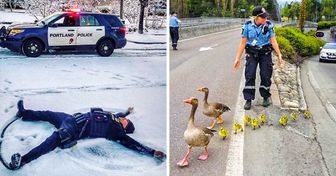
16 Stories About Parents Who Know How to Drive Their Kids Crazy

16 Tweets That Prove Kids Embody Only True Chaos
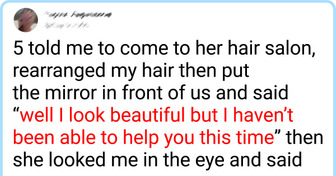
My Rich Friend Demanded I Bake Her Wedding Cake for Free, and My Refusal Almost Ended Our Friendship
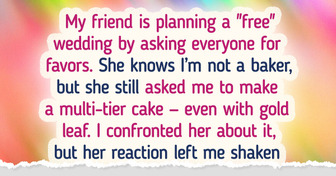
I Refuse to Give My Son His Father’s Inheritance—He Needs to Be on His Own Now
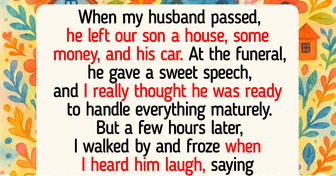
A Server Humiliated My Wife During Our Family Lunch—I Made Sure Everyone Knew

My DIL Shut Me Out of the Family Vacation but I Didn’t Hold My Tongue
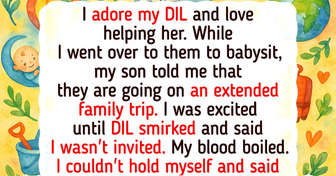
My Dad Let Me Believe a Heartbreaking Story About My Mom, and I Refuse to Let Him Get Away With It
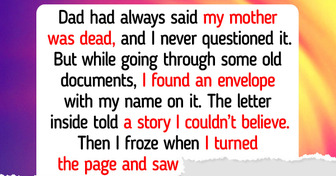
I Reported My Boss—HR Ignored Me Until I Did One Simple Thing
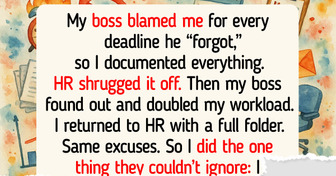
My MIL Secretly Fed Me Meat Even Though She Knows I’m Vegan
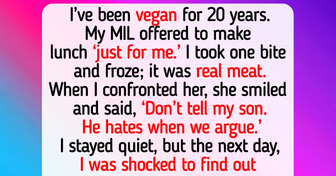
12 People Who Still Chose Kindness Even When the World Turned Cold
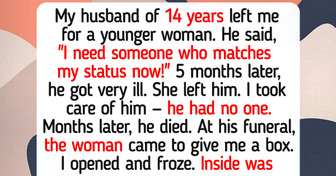
My DIL Convinced My Son I’m Not Fit to Be a Grandma, I’m Heartbroken

